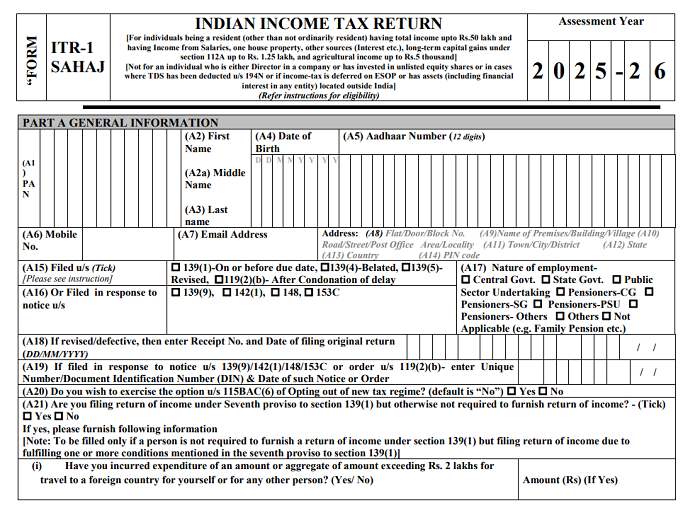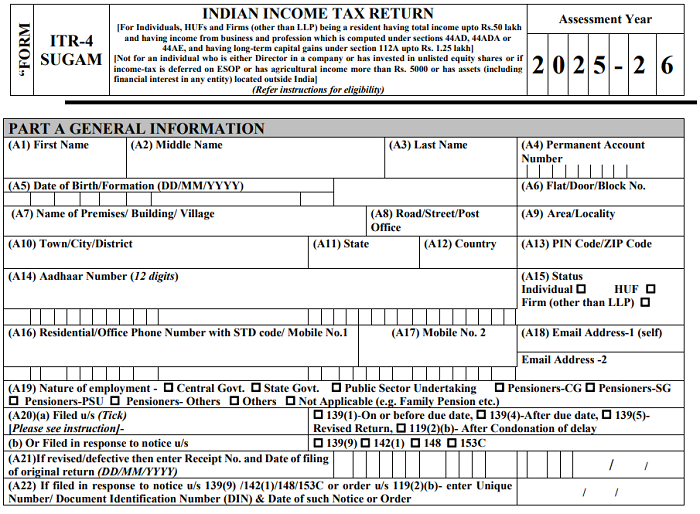In a significant move aimed at streamlining corporate tax filings, the Central Board of Direct Taxes (CBDT) has notified the amended ITR-6 form applicable for companies for the Assessment Year (AY) 2025-26. The notification was published in the Gazette of India as Notification No. 44/2025 dated May 6, 2025, under GSR No. 290(E).
The revised ITR-6 form comes into effect from April 1, 2025, and is applicable for companies other than those claiming exemption under section 11 of the Income-tax Act, 1961. These amendments have been introduced through the Income-tax (16th Amendment) Rules, 2025, exercising powers under section 295 read with section 139 of the Income-tax Act.
Key Highlights of the Amended ITR-6 Form
- The new ITR-6 form, detailed in Schedule-II of the Income-tax Rules, 1962, replaces the earlier format entirely.
- It requires comprehensive disclosures from companies including:
- Permanent Account Number (PAN), Corporate Identification Number (CIN), and the date of incorporation.
- Details about the type of company (domestic or foreign) and changes in the company name, if any.
- Precise business commencement date, registered office address, contact details, and email IDs.
- Filing status under relevant sections such as 139(1), 139(4), 139(5), 92CD, 119(2)(b), and 170A.
- In case of revised, defective, or updated returns, acknowledgment number and date of the original filing must be specified.
- Details regarding notices issued under sections 139(9), 142(1), 148, 153A, or 119(2)(b).
Importance for Companies
The revised ITR-6 form aims to enhance transparency and facilitate better compliance monitoring by incorporating more granular details in line with current regulatory and reporting standards. Tax professionals and corporate entities are advised to familiarize themselves with the new structure to avoid last-minute hassles during filing.
The notification is part of the government's broader efforts to simplify and modernize tax administration, ensuring timely and accurate reporting of income and tax liability by corporate taxpayers.
Official copy of the notification link has been given - Click Here





